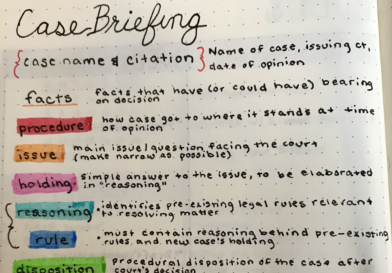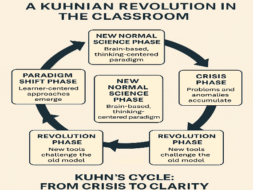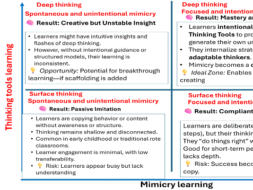The concept of colour coding as a study method has been widely misunderstood. The brain doesn't function in isolated compartments; rather, it operates in interconnected and integrated ways, seeking relationships, analogies, and causal links between concepts.
Encouraging students to rely on colour coding for study purposes oversimplifies the brain's intricate processes. The brain doesn’t compartmentalize information the way colour coding might suggest. It's wired to analyse, synthesise, evaluate, compare, contrast, and synthesize information, forming complex neural connections.
Colour coding, often promoted as a mnemonic aid for memory and comprehension, gravitates towards rote learning, which leans heavily on short-term memory. It's crucial to recognize that color-coded external classifications don't automatically translate into internal brain organization.
In reality, relying excessively on colour coding can impede critical thinking. Rather than fostering deep comprehension, it can divert attention toward the selection of colours, handling highlighters, and executing a ritualistic color-coding process, consuming valuable study time.
Learning, at its core, involves the creation of neural pathways in the brain. While external inputs—be they colour coded or not—provide information, true learning occurs within the brain's complex neural networks, where connections and understanding are formed and solidified and not on outside colour codings.
The biggest disadvantage of the color-coding process is that is that it is a static approach to learning, while the brain is wired to expand and create.





